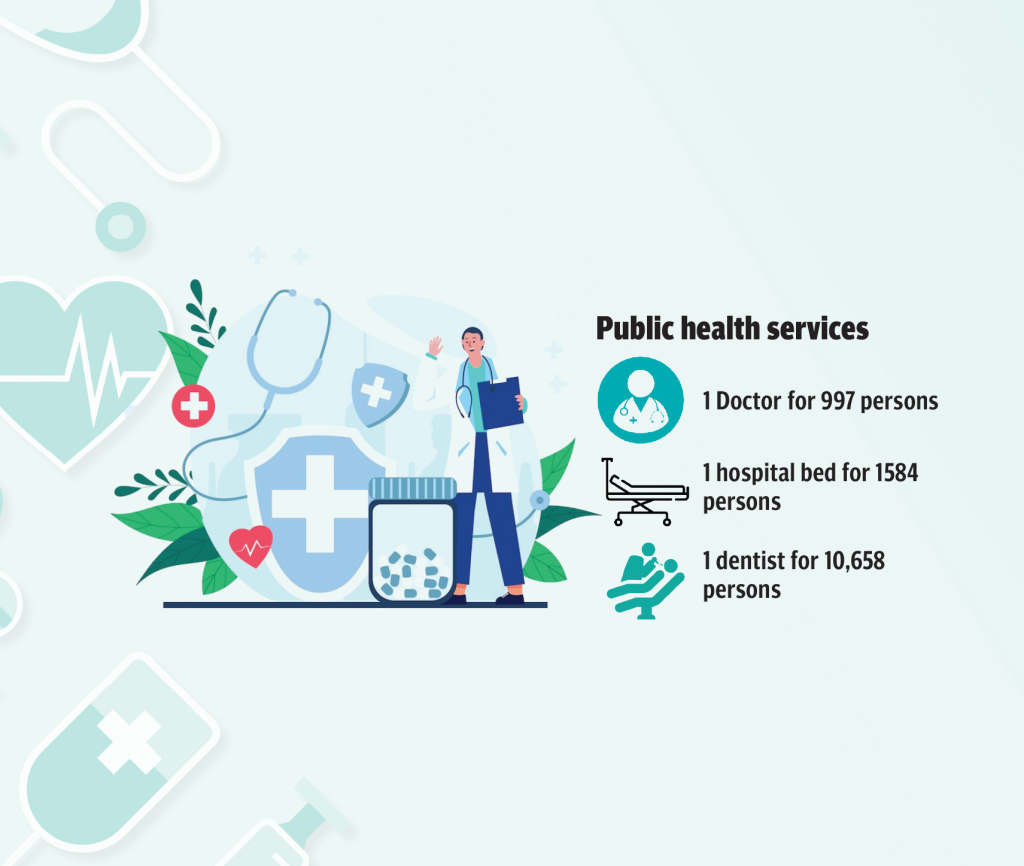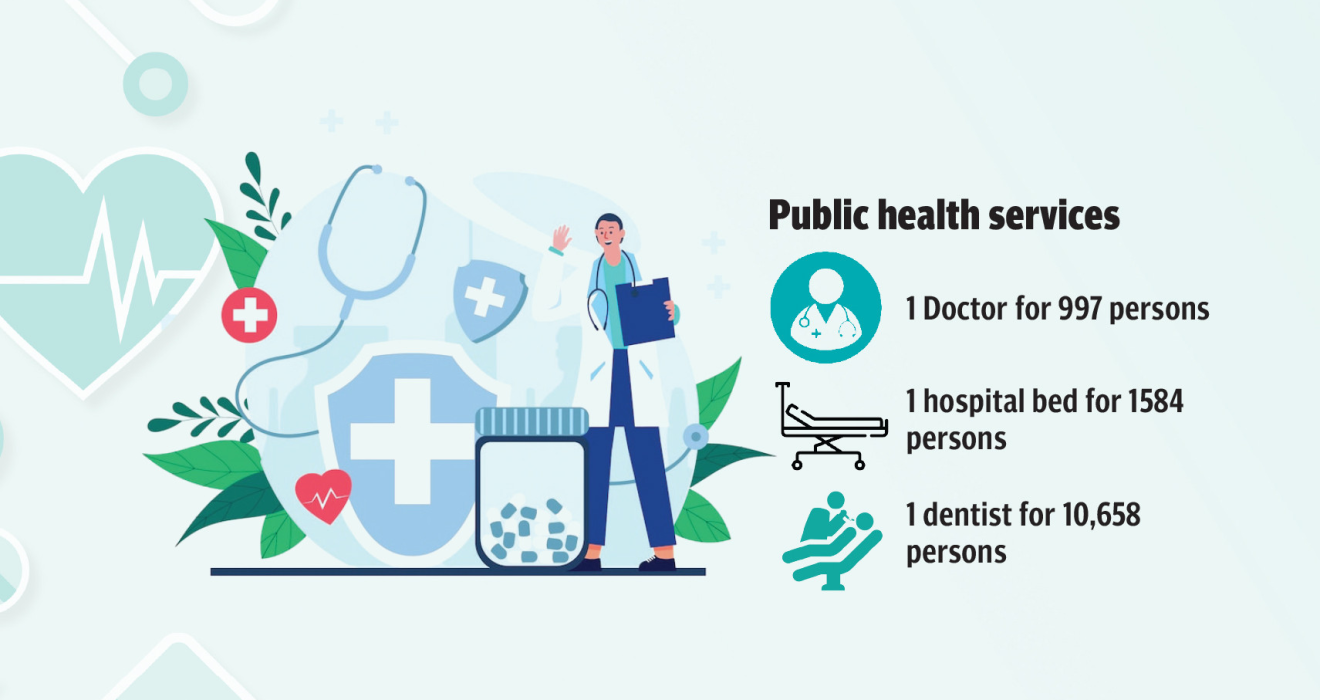Pakistan’s healthcare landscape is marked by significant challenges and disparities, with varying access and quality of medical services across provinces. Public healthcare services in Pakistan face stark statistics: one doctor for every 997 individuals, one hospital bed for every 1,584 people, and one dentist for every 10,658 residents. This paints a grim picture of the strain on the healthcare infrastructure, leaving many without essential medical care.
Provincial disparities in public health spending are pronounced. Baluchistan allocates only 10% of its resources to healthcare, while Punjab, with 53% of Pakistan’s population, invests significantly more at 66.2%. Sindh falls in the middle at 33.4%, and Khyber Pakhtunkhwa (KP) stands at 18.7%. Overall public expenditure on health remains inadequate at 0.46% of GDP in 2016-2017, despite a modest 9% increase from the previous year. Per capita health spending falls far below international benchmarks for low-income countries, at just $36.2.
Pakistan’s healthcare system faces a multifaceted crisis. Government spending on healthcare is around 0.6% of GDP, with the majority channeled into secondary and tertiary care, leaving only 15% for preventive and primary healthcare. This reactive approach erodes public trust and leads to a meager 20% utilization of first-level care in the public sector. Inequitable access, urban-rural disparities, unregulated private healthcare, and the lack of standardized essential service packages render the healthcare system non-responsive.



